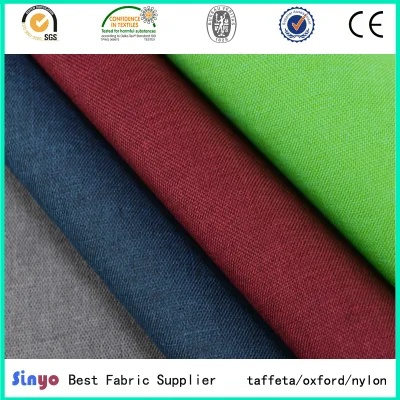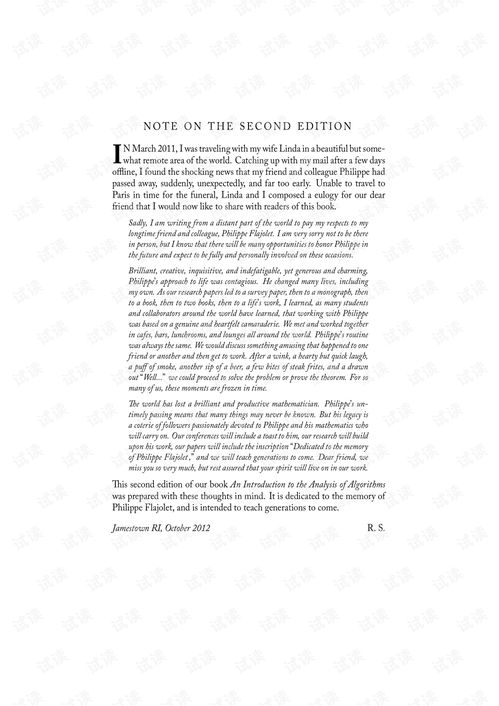Fabric Quality Assurance in the Textile Industry
: Fabric Quality Assurance in the Textile Industry,Abstract: This study investigates the fabric quality assurance mechanisms employed in the textile industry, focusing on the critical role of quality control and inspection processes. The research methodology involves a comprehensive literature review, case studies, and interviews with industry experts to understand the various strategies used by textile manufacturers to ensure product consistency and reliability. The findings reveal that advanced technologies such as computer-aided design (CAD) and automated production systems have significantly improved fabric quality control, while stringent quality standards and regular audits are essential for maintaining high-quality standards across the supply chain. The study also highlights the importance of collaboration between manufacturers, suppliers, and customers in ensuring effective quality assurance practices. Overall, the textile industry's commitment to quality assurance is crucial for maintaining consumer trust and ensuring long-term success in a competitive market.
Introduction In the textile industry, fabric quality is of utmost importance for end-users. It directly impacts the performance, durability, and aesthetic appeal of products made from the fabric. Therefore, ensuring that the fabric meets all required standards and specifications is crucial for both manufacturers and consumers. In this article, we will discuss the various aspects of fabric quality assurance in a textile factory, including inspection procedures, testing methods, and case studies.
Inspection Procedures Before any fabric can be accepted for sale or use, it must undergo a thorough inspection process to ensure its quality meets the standards set by the manufacturer or customer. The inspection process typically includes the following steps:
-
Material Inspection: This step involves visually inspecting the fabric for defects such as holes, tears, stains, and wrinkles. Additionally, the fabric's texture, color, and pattern should be evaluated to ensure they meet the desired specifications.
-
Dimensional Measurement: Fabric dimensions are critical for determining its suitability for specific applications. This step involves measuring the width, length, and thickness of the fabric using standardized tools and equipment.

-
Weight Testing: The weight of the fabric is an important indicator of its density and strength. This step involves weighing the fabric on a scale and comparing it to the manufacturer's specifications to ensure it meets the required weight.
-
Press Testing: Press testing is a method used to measure the fabric's ability to hold its shape after being subjected to pressure. This step involves placing the fabric in a press machine and applying pressure until it reaches a specific level of deformation. The fabric's ability to return to its original shape after being pressed is evaluated during this test.
-
Stretch Testing: Stretch testing is a method used to measure the fabric's elasticity and resistance to deformation. This step involves stretching the fabric to a specific length and measuring the amount of elongation it experiences during the test.
-
Dye Testing: Dye testing is a method used to evaluate the fabric's resistance to dye bleeding and runoff. This step involves applying dye to the fabric and observing how it spreads and interacts with the surrounding material.
Testing Methods In addition to inspection, several other testing methods are used to ensure that the fabric meets its intended purpose. These methods include:
-
Tensile Testing: Tensile testing is a method used to measure the fabric's strength and resilience under tension. This step involves pulling a sample of the fabric through a machine and measuring its breaking strength.
-
Shrinkage Testing: Shrinkage testing is a method used to measure the fabric's ability to shrink when exposed to certain conditions. This step involves exposing the fabric to high temperatures or humidity and measuring its size changes over time.
-
Flammability Testing: Flammability testing is a method used to evaluate the fabric's ability to resist fire and burn. This step involves subjecting the fabric to a flame and measuring its burning rate and damage.
-
Water Absorption Testing: Water absorption testing is a method used to measure the fabric's ability to absorb water. This step involves soaking the fabric in water and measuring its weight loss over time.
Case Studies To illustrate the importance of fabric quality assurance, we will examine two case studies:
Case Study 1: A textile company was struggling to meet customer demands for high-quality clothing. They implemented a comprehensive inspection and testing program to identify and address any quality issues with their fabric. As a result, their product line improved significantly, resulting in increased customer satisfaction and repeat business.
Case Study 2: A textile manufacturer faced a challenge when a major supplier failed to deliver high-quality fabric on time. To mitigate this risk, the manufacturer began implementing stricter inspection and testing procedures before purchasing any fabric from the supplier. This approach helped them avoid potential quality issues and ensure their supply chain remained reliable.

Conclusion In conclusion, fabric quality assurance is essential for the success of any textile manufacturing operation. By implementing rigorous inspection and testing procedures, manufacturers can ensure that their fabric meets customer expectations and meets regulatory requirements. Case studies demonstrate the importance of quality assurance in maintaining brand reputation and customer loyalty. As such, investing in quality control measures is not only beneficial for the bottom line but also ensures long-term success in the competitive textile industry.
在纺织厂的日常工作中,织布验收环节至关重要,它不仅是对生产质量的全面检验,更是对后续生产流程的规范和指导,本篇口语化内容将围绕纺织厂织布验收的主题展开,通过英文案例说明和表格补充说明,详细介绍验收流程和注意事项。
织布验收流程
材料准备
在织布验收前,首先需要对原材料进行严格检查,这包括检查原材料的质量、规格、数量等,还需要对生产设备进行全面检查,确保其正常运行。
布匹检验
布匹检验是织布验收的重要环节,通过外观检查、尺寸测量、密度测试等方式,对织好的布匹进行全面评估,还需要关注布匹的环保性能、耐久性等指标。
工艺流程检查
在织布过程中,工艺流程是否规范也是验收的重要考量因素,需要检查织布过程中的各个环节是否符合工艺要求,包括针织、缝纫、整理等环节。
数据分析与报告
在验收过程中,还需要对生产数据进行分析,形成详细的验收报告,报告中应包含各环节的质量数据、工艺流程评估等,还可以根据数据分析结果提出改进建议。

英文案例说明
以某纺织厂为例,该厂在织布验收过程中采用了以下具体做法:
-
材料准备严格细致:该厂在材料采购时,严格筛选原材料供应商,确保原材料质量可靠,对生产设备进行定期维护和检查,确保其正常运行。
-
布匹检验全面细致:该厂采用多种检验方法对织好的布匹进行全面评估,包括外观检查、尺寸测量、密度测试等,确保布匹质量符合标准,关注布匹的环保性能和耐久性等指标。
-
工艺流程检查规范有序:该厂在织布过程中,严格按照工艺流程要求进行操作,确保各环节符合工艺要求,定期对工艺人员进行培训和考核,提高工艺水平。
表格补充说明
以下是关于织布验收的表格补充说明:
织布验收材料准备表
| 项目 | 具体要求 | 备注 | |
|---|---|---|---|
| 原材料质量 | 严格筛选供应商 | 确保原材料质量可靠 | 详细记录原材料来源和质量情况 |
| 原材料数量 | 核对实际数量与计划数量 | 确保数量准确无误 | 记录实际数量与计划数量的差异情况 |
| 生产设备状态 | 检查设备运行情况 | 确保设备正常运行 | 记录设备运行状态和故障情况 |
织布验收外观检查表
| 检查项目 | 检查标准 | 具体要求 | 备注 |
|---|---|---|---|
| 布匹外观 | 平整无皱褶 | 符合标准要求 | 记录布匹外观情况 |
| 布匹尺寸测量 | 按照标准尺寸进行测量 | 符合标准要求 | 记录布匹尺寸数据是否准确无误 |
| 布匹密度测试 | 使用相关仪器进行测量 | 按照标准操作流程进行 | 记录密度测试结果和数据分析情况 |
纺织厂织布验收是保证产品质量和生产流程规范的重要环节,通过严格细致的材料准备、全面细致的布匹检验、规范有序的工艺流程检查以及数据分析与报告等措施,可以确保织布质量符合标准要求,为后续生产奠定坚实基础。
Articles related to the knowledge points of this article:



